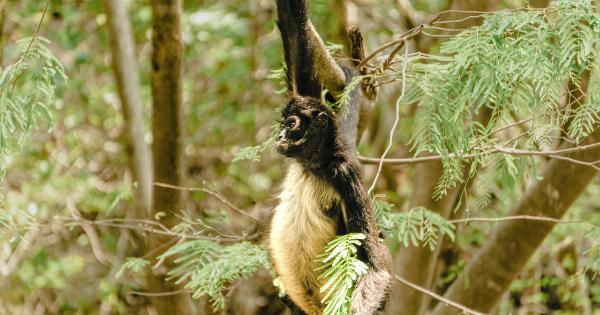The H5N8 is a type of avian influenza virus that has recently hit various countries in Europe, and has caused widespread concern among the public. This virus is highly contagious and can cause severe illness in birds, and in some cases, even death.
In this article, we aim to discuss some important facts about H5N8 virus to help you stay informed and keep your pets, family and the environment safe from this dangerous virus.
What is H5N8 Virus?
H5N8 virus is a type of avian influenza virus that was first identified in birds in China in 2010. Since then, it has spread to many countries and has been found in wild birds, domestic poultry, and other animals.
The World Health Organization has classified H5N8 as a “highly pathogenic” strain of avian influenza, which means that it has the potential to cause severe disease and death in birds.
How is H5N8 Virus Transmitted?
H5N8 virus can be transmitted from infected birds to other birds through direct contact, such as nose-to-beak contact or through contact with contaminated feces, saliva, or respiratory secretions.
The virus can also be spread by contaminated clothing, equipment, and vehicles, and can be carried by migratory birds. There have also been some reports of H5N8 virus transmission from birds to humans, although this is rare.
Symptoms of H5N8 Virus in Birds
Symptoms of H5N8 virus infection in birds can vary depending on the species, age, and health status of the bird. Some of the common symptoms of H5N8 virus in birds include:.
- Lethargy and weakness
- Ruffled feathers
- Loss of appetite
- Swelling of the head, eyelids, and wattles
- Respiratory distress
- Diarrhea
Prevention of H5N8 Virus
Prevention is key in avoiding the spread of H5N8 virus. Some important measures that can be taken to prevent the spread of H5N8 virus include:.
- Limiting contact between wild birds and domestic birds
- Regular cleaning and disinfection of poultry houses and equipment
- Wearing protective clothing such as boots, overalls, gloves, and masks when handling birds that may be infected
- Restricting the movement of live poultry and poultry products from areas affected by H5N8 virus
- Ensuring good biosecurity measures to reduce the risk of virus transmission
Treatment of H5N8 Virus
Currently, there are no specific treatments or vaccines developed for H5N8 virus for birds. However, symptomatic treatment may be provided to infected birds to manage their symptoms and reduce the risk of secondary infections.
Conclusion
H5N8 is a deadly form of avian influenza that is spreading rapidly across countries in Europe. It is highly contagious and can cause severe illness or even death in birds.
To prevent the spread of this virus, it is important to follow strict biosecurity measures, limit contact between wild and domestic birds, and practice good hygiene. Early detection and vigilant monitoring are also essential in controlling its spread. By staying informed and taking the necessary precautions, we can help protect our pets, families, and environment from this dangerous virus.



























